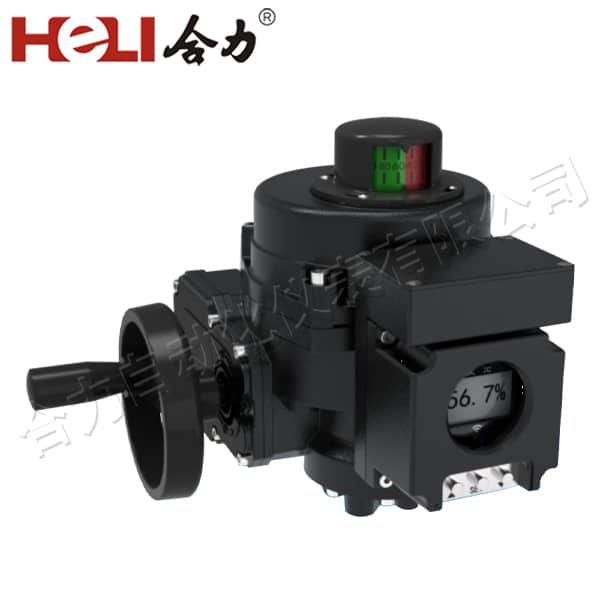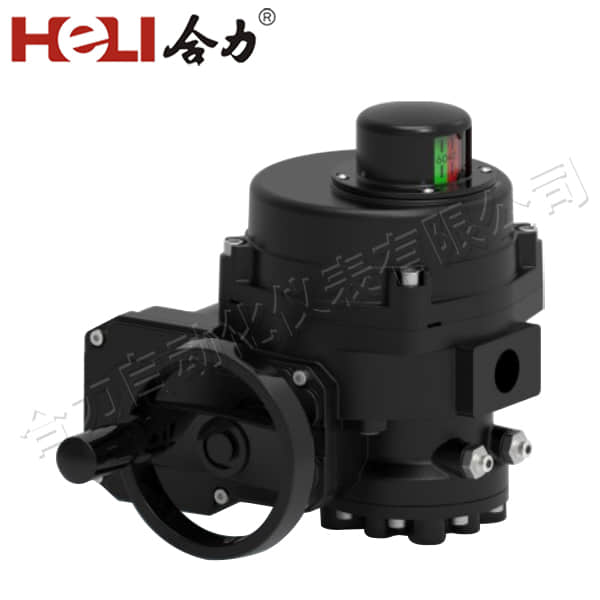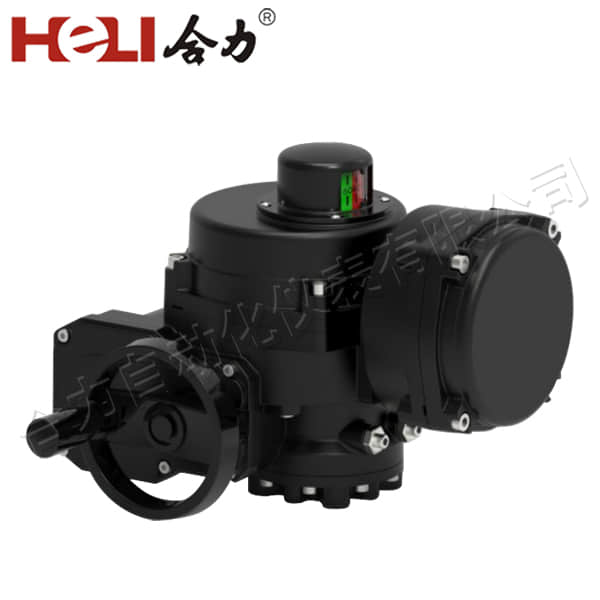Electric actuators, a crucial component of modern industrial automation systems, play a pivotal role in converting electrical energy into mechanical motion. These devices are essential for controlling and regulating various industrial processes, including fluid flow, temperature, and pressure. In this article, we will explore the working principles, components, and diverse applications of electric actuators.

Working Principles of Electric Actuators

Electric actuators convert electrical signals into linear or rotary motion. They typically consist of an electric motor, a gearbox or reducer, a position sensor, and an actuator mechanism. When an electrical signal is applied to the motor, it generates torque, which is then transmitted through the gearbox to the actuator mechanism. The gearbox converts the high-speed, low-torque output of the motor into low-speed, high-torque motion suitable for driving valves, pumps, or other industrial equipment. The position sensor monitors the actuator’s position and provides feedback to the control system. This feedback allows precise control of the actuator’s movement, ensuring accurate and reliable operation.
